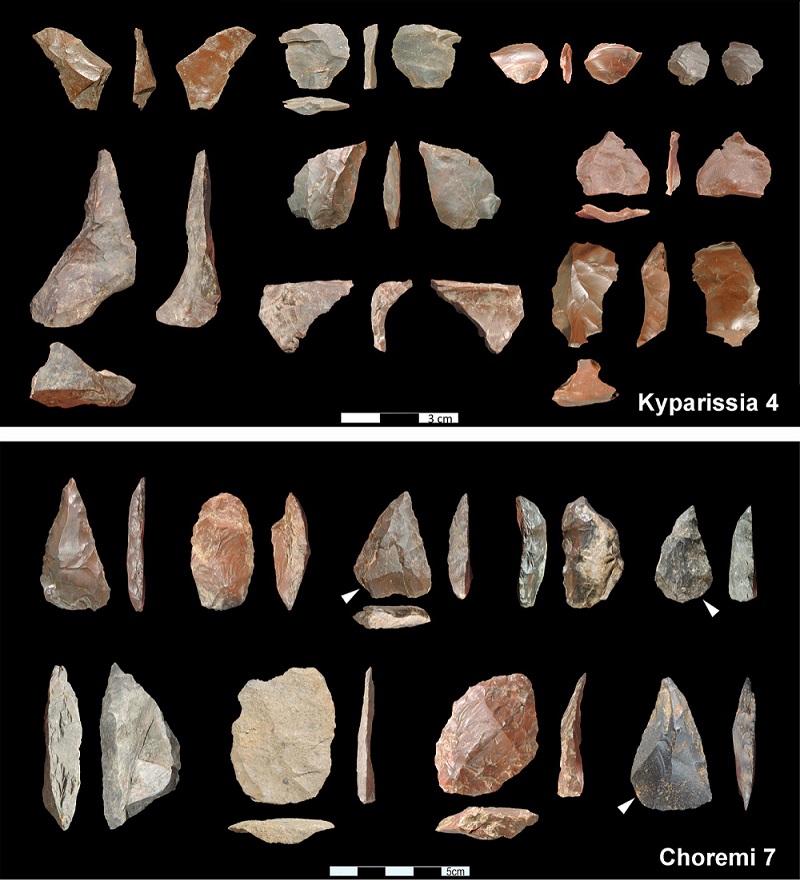
The approved five-year program of surface and geoarchaeological research in Megalopolis, Arcadia, was completed to find Palaeolithic sites in the area of the Megalopolis lignite mine, as well as to study and reconstruct the paleo-environmental conditions and the geological evolution of the basin and the paleo-lake in which the lignites were created.
The five new sites found at the Megalopolis lignite mine preserve cultural and faunal remains in a stratigraphic context and offer a unique opportunity to investigate human behavior over time, for an important period in the history of human evolution and in an area hitherto little investigated. A preliminary study of the palaeoenvironmental and palaeoclimatic indicators shows that all the sites have been found in glacial environments, and indeed are chronologically located in almost all glacial periods of the Middle Pleistocene. These findings indicate that the Megalopolis basin was one of the southernmost ecological refugees in Europe during the glacial periods.
The project is a collaborative research project between the Paleoanthropology-Spaeolithology Department (Ephorate) and the American School of Classical Studies (ASCS) under the direction of Dr. E. Panagopoulou-Karabella (on behalf of the Ephorate), Dr. P. Karkana (ASCS) and Prof. Charvati (University of Tubingern). The project was funded by the European Research Council (Human Evolution at the Crossroads Programme).
The systematic surface survey of the artificial slopes and cuts of the lignite mine created by the PPC mining operations resulted in the identification of five new archaeological sites, which include the oldest dated archaeological site of the Lower Palaeolithic in Greece (about 700 thousand years ago), as well as the oldest Middle Palaeolithic site in Greece and one of the oldest in Europe (about 280 thousand years ago). A variety of methods and new techniques were used to date the sites, including paleomagnetism, optical luminescence, electron angular momentum resonance, uranium radioactive series, and cosmogenic radionuclides, as well as biostratigraphic and lithostratigraphic analyses and correlations.
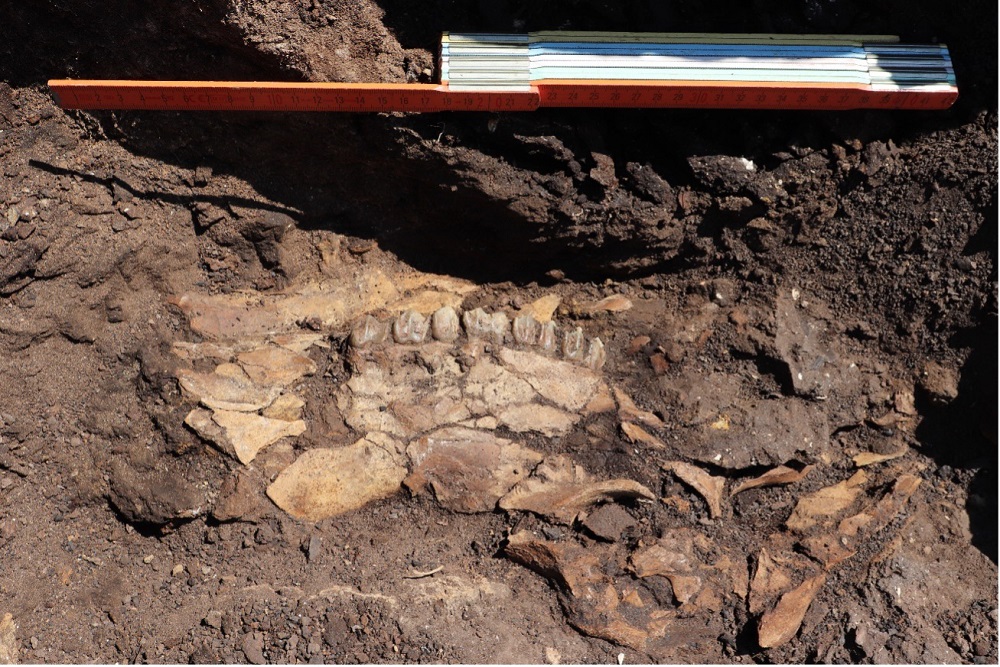
The oldest site identified is Kyparissia 4, which dates back to about 700 thousand years ago and is located about 70 meters below the current ground surface (before the start of the mine). The site contains Lower Palaeolithic stone artifacts, together with remains of extinct animals such as a giant deer (Praemegaceros), hippopotamus, rhinoceros, elephant, and a tooth of the Old World monkey – Cercopithecidae.
The stratigraphically younger, nearby Kyparissia 3 site yielded mainly elephant bones associated with stone tools. At Marathusa 2, dating to about 450 thousand years ago, a hippopotamus skeleton fragment with cutting marks combined with a stone tool remains was found and is a rare example of hippopotamus exploitation in Pleistocene Europe.
Important is the site of Tripotamos 4, which is located about 15 meters below the present surface. The site dates back to about 400 thousand years before the present and is characterized by a relatively large concentration of stone tools, which present new elements in stone working techniques compared to earlier sites, making the site an important point in the technological developments of the late Lower Palaeolithic.
Finally, site Horemi 7 was found in the upper part of the geological sequence, about 8 meters below the present surface, and dates back to about 280 thousand years ago. The lithography of the site includes typological and technological features of the Middle Palaeolithic. The faunal assemblage of the site consists mainly of bone fragments of mainly deer bones, some of which bear traces of human processing.

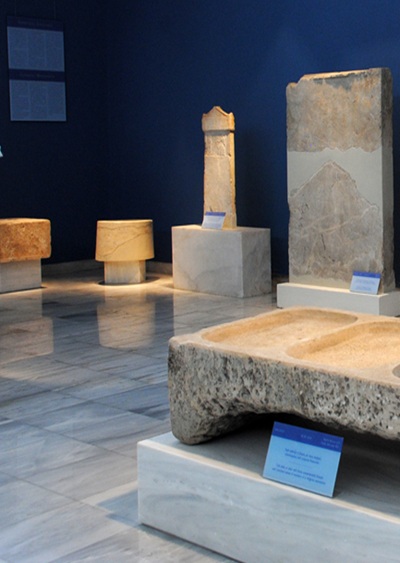
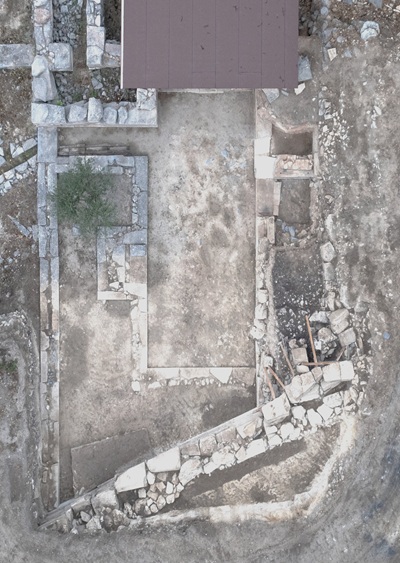
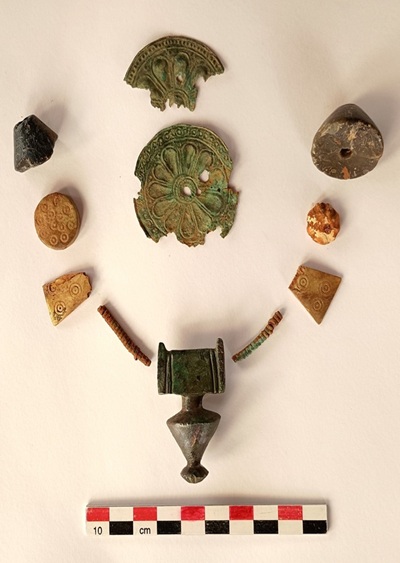
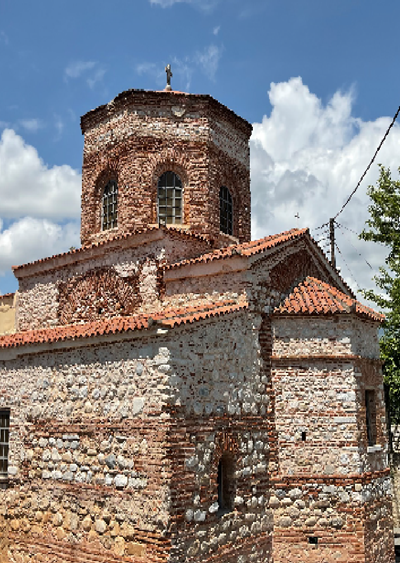


Leave A Comment